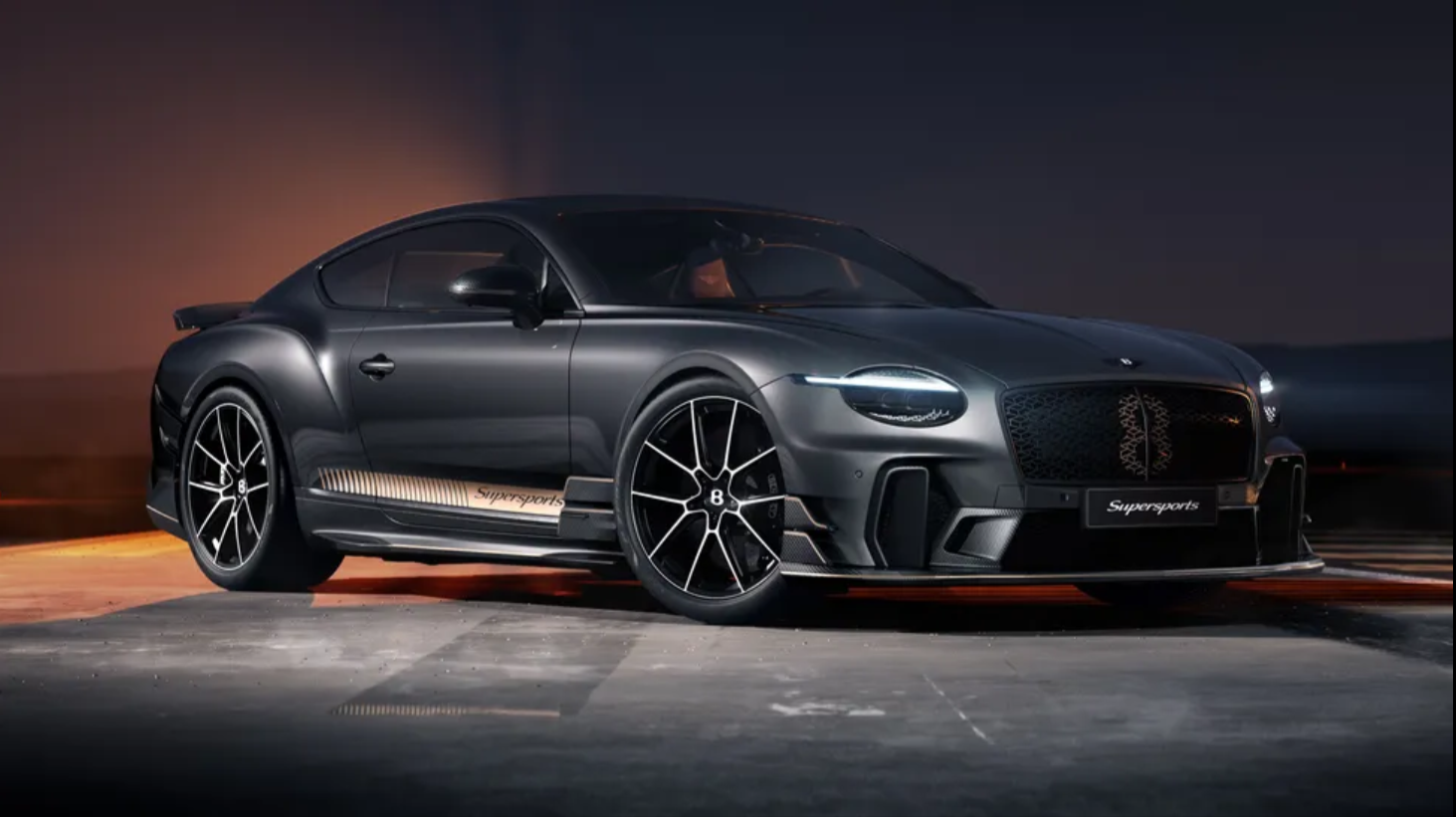We know that the Rimac Nevera is gut wrenchingly rapid, but thanks to a series of record breaking GPS-verified performance figures, the Croatian firm has illustrated just how accelerative its 1887bhp hypercar is. Having previously reached 415kph to become the fastest production EV, the Nevera has now smashed 23 speed records on a test track in Germany – including a staggering 0-400-0kph run of just 29.93 seconds. That's over a second quicker than the previous record holder, the Koenigsegg Regera.
The figures were achieved with a one-foot rollout, but even so, the Nevera ran on road-legal Michelin Cup 2 R tyres on un-prepped asphalt, achieving a 1.81-second 0-100kph sprint. It went on to reach 200kph in 4.42 seconds, and 300kph in a scarcely believable 9.22 seconds. The Nevera was equally impressive in braking tests, pulling up from 100kph in just 28.96 metres.
Following the run, founder Mate Rimac said: ‘Growing up I always looked at the cars that made history moving the bar for performance, in awe of the kind of revolutionary technology they brought to the road. That is what is driving me from day one – to develop new technology that redefines what is possible.'
'Today, I am proud to say that the car we’ve created can get to 400 km/h and back to 0 in less time than it took the McLaren F1 to accelerate up to 350 km/h. And not only that, but it can do it again and again, breaking every other performance record in the process. If you had a Nevera and access to a track, you could do it too.'
The Nevera is delivered to customers with a limited top speed of 352kph, but Rimac can lift this to the full 415kph at special customer events under controlled conditions, primarily to ensure optimal tyre condition for such high speeds.
The Nevera itself is based on the Concept_Two first unveiled in 2018, but now Rimac has taken that car’s bespoke chassis, motors and batteries and turned them into something tangible that customers can actually purchase. The numbers are predictably immense, including the price, which is around R40 million, plus taxes.
Peak power is rated at a cool 1887bhp and torque at 2360 Nm, generated from four individual ‘Permanent Magnet’ motors in modules that sit on each axle. The two axles are driven from individual single-speed transmissions, but power is still fully variable left-to-right. The motors draw power from a 120kWh (gross) lithium-ion battery pack that sits in a T-shaped module between and behind the two seats. Range is predicted to be around the 547 Km mark, and no indication of weight has been revealed.
The Nevera’s construction is derived from a central carbonfibre monocoque tub, with aluminium subframes bolted at each end to which the axles are mounted. The battery pack also forms a structural part of the carbon tub itself, adding 37 per cent extra stiffness to the torsional rigidity rating. Suspension is of a double wishbone design at all four corners, with adaptive dampers and an adjustable ride height giving the Nevera increased adjustability within the driver mode systems.
Like most EVs, braking is dealt with by two systems, with Rimac’s 300kW regeneration capability being the most powerful of any production EV, backed up by a 390mm set of carbon-ceramics discs and six-piston calipers from Brembo. The braking system is entirely by-wire, with a feedback motor built into the hardware designed to merge brake feel from the two systems into one linear response. The steering is also completely by-wire.
The Nevera’s type of total torque vectoring has also given engineers the chance to rethink traditional traction control and stability programs, essentially replacing those systems (which cut power and utilise friction brakes) with a predictive and reactive traction management system using the electric motors entirely independently of one another. The new system is called ‘Rimac All Wheel Torque Vectoring 2’ (R-AWTV 2) and specifically calibrates the amount of torque being sent to each wheel according to conditions, driver inputs and the selected driver mode, to get the most from each of the four motors and keep the car stable whilst doing so.
While the exterior design does look similar to that of the concept, Rimac has completed a large amount of aero refinement to clean up the shape, while also improving downforce values that are augmented by its active aerodynamic components. These include a moveable grille insert, flaps under the splitter and in the rear diffuser, plus a moveable rear wing. All these operate independently depending on the selected driver mode. Total downforce variation between its highest and lowest settings is a substantial 326 per cent.
Inside, the cabin is typically heavy on digital interfaces, with three displays incorporated into an otherwise restrained yet infinitely customisable interior. In fact, Rimac is adamant that no two Neveras will leave the factory the same, offering three starting specifications as well as a completely bespoke palette of colours.
While all of the car’s on-paper numbers sound exciting, the real thrill with the Rimac Nevera is that it is a far more tangible electric hypercar than just about any other in development right now. That enthusiasm has spread to the traditional OEMs too, with confidence in Rimac’s technology so strong that Porsche has purchased a ten per cent share in the company, while Hyundai Kia has also invested £70million. This is evidence that more than simply being a manufacturer of electric supercars, Rimac looks set to become a very important part of the performance car landscape and the industry’s transition to electrification.
As a final note, the name ‘Nevera’ comes from a word for a storm surge that can hit the Croatian coast from the Adriatic Sea – with Italy just on the other side. While Rimac still has a way to go before it becomes a household name alongside more traditional supercar royalty, there’s certainly some level of irony considering the storm this modern supercar maker is stirring up.
Source











.jpg)


.jpeg)

.jpeg)
.jpeg)

